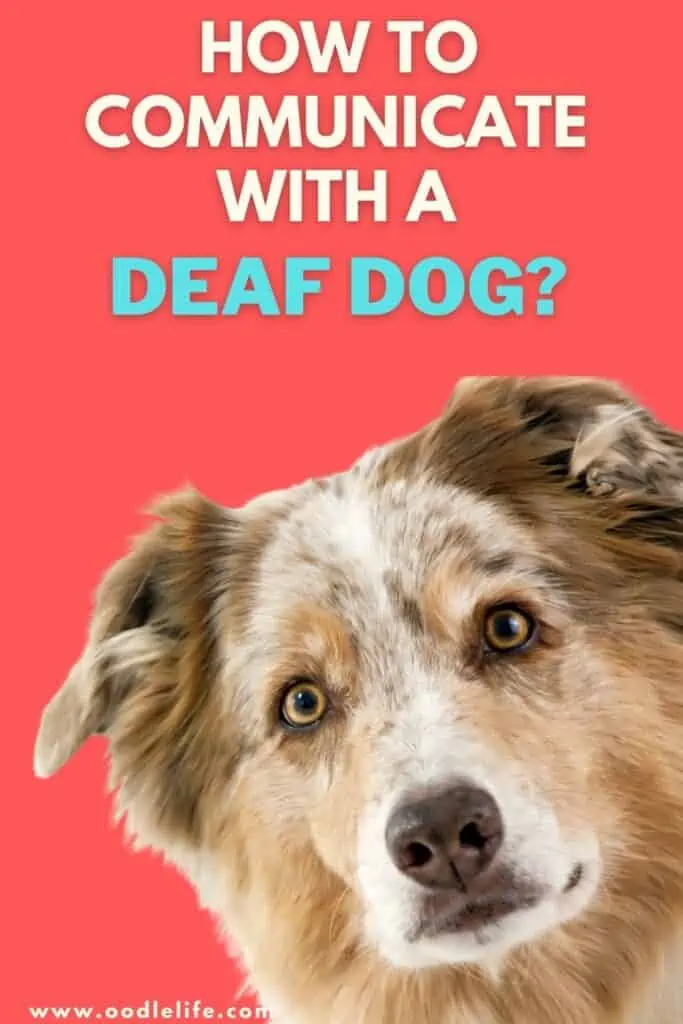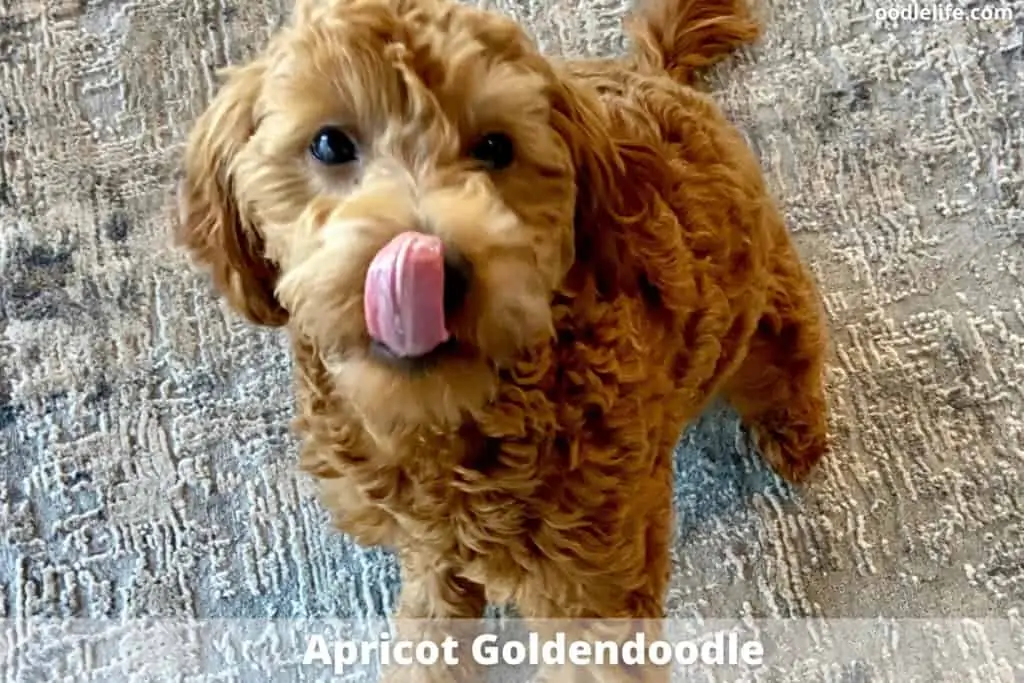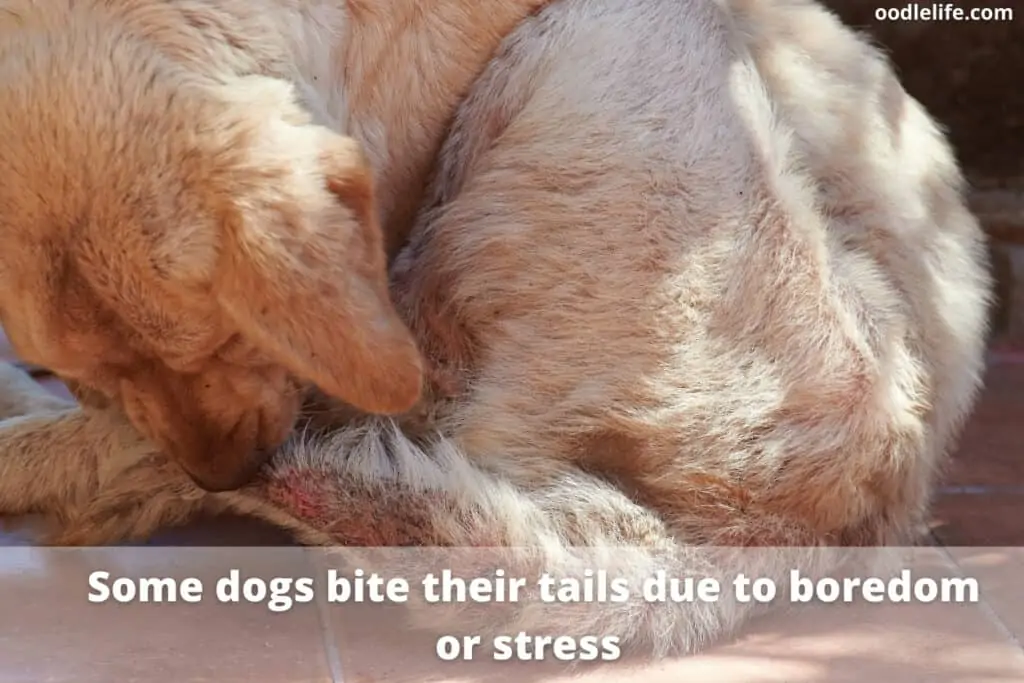How to Communicate with a Deaf Dog
There are various ways dogs communicate, whether through eyes, tails, or barking, so learning how to communicate with a deaf dog is more than possible. It may take creativity, time, and patience on your part, but that shouldn’t stop you from trying.

Ways to Communicate with a Deaf Dog
In addition to verbal cues, one of the most common training techniques is clicker training. While you cannot replicate this technique exactly, you can adapt it to help communicate with a deaf dog.
Flashlight Training

One of the best answers to how to communicate with a deaf dog is by using flashlights. The small, keychain variety is best because it’s easy to hold and control.
The flashlight technique works by varying the number of flashes depending on the interaction you want from your dog. A single flash could mean “Look at me,” while two flashes might stand for “Dinner.”
It’s important that when implementing the flashlight technique, you continue pairing positive responses from your deaf dog with treats, as you would with any other kind of training. You must develop strong positive associations between the flashlight and your dog’s responses.
You also need to avoid shining the flashlight in your dog’s eyes since this can cause injury.
Crucially, you must avoid using laser pointers for training. They’re a favorite with cat owners for playing, but they aren’t safe for communicating with a deaf dog. Not only can they cause visual impairment, but you run the risk of your dog developing a preoccupation with lights and shadows. This can be distracting on walks.
For that reason, it’s also important that you never let the flashlight become a toy. It’s how you communicate with your deaf dog, not an opportunity to pounce on the light.
Finally, you want to avoid using the flashlight to react to bad behavior. Your dog will see this as reinforcement and may do the forbidden thing again. Instead, you’re better off ignoring bad behavior or finding a way to punish it that doesn’t negatively link your dog and the flashlight.
Hand Signals

Another approach when it comes to how to communicate with a deaf dog is with hand signals.
For dogs that lose their hearing gradually, you can start pairing these with verbal commands when you first notice signs of deafness. But for dogs born deaf or who lose their hearing suddenly as a result of trauma or illness, that may not be an option.
Signal training is like sign language for dogs, except it relies on a private code between dogs and humans rather than standard signals.
It doesn’t matter what gestures you choose. The key is to make them consistent and easy to perform. Remember, if a whole family is learning how to communicate with a deaf dog, then everyone from your toddler to your live-in great-aunt needs to be able to interact with this dog effectively.
Keep gestures simple and ensure everyone understands what action goes with what command. Otherwise, you will have a confused and frustrated dog on your hands.
Tapping Your Dog’s Rump

This is a communication technique we use even for our non-deaf dogs. It’s an excellent way to get your dog’s attention and can be a useful way of training a dog to look at you.
This is an important part of learning how to communicate with a deaf dog since regular visual contact between dog and human is necessary to keep your dog safe.
When learning how to communicate with a deaf dog using rump taps, it helps to reward them every time they look at you. Treats, toys, and other positive reinforcement will help persuade them that regular eye contact is a behavior worth perpetuating.
Since dogs are easily diverted, don’t be surprised if your dog doesn’t hold your gaze for long. Part of this is to do with dominance. A submissive dog doesn’t like to sustain eye contact with their dominant human. But it could equally be because they see a squirrel next door.
Whenever you notice your dog getting distracted from your training session, don’t hesitate to give them a light tap on the rump. When they look back at you, reward them.
Using Leash Signals

The leash signal is a way of communicating with your dog while on a walk.
To do this, gently tug the leash. You don’t need to do this hard because you don’t want to drag the dog; just get their attention. When your dog turns around to check in with you, reward them with a treat.
It may take longer to integrate leash signals into your repertoire. One way to speed this up is to incorporate the rump tap, especially if your dog is familiar with it. Tug the leash and tap the dog’s rump, and your deaf dog will soon learn these two signals serve a similar purpose.
Waving at Your Dog
However, if you’re in your backyard, there’s a chance your dog will be out of reach, in which case leash and rump signals are impossible. So, how to communicate with a deaf dog that’s out of reach?
One way to do this is by waving to them. Dogs have a larger field of vision than humans, and even if you can’t see them, it’s possible your dog can still see you. (And don’t forget that dogs have excellent night vision!)
Conclusion
When learning how to communicate with a deaf dog, it can help to remember that while they can’t hear, their other senses still work.
As you train them, don’t be afraid to rely on other senses, like touch and sight. Also, remember that sensations you might overlook, like floor vibrations, can help a deaf dog navigate around the house or sense you are coming.
It won’t happen overnight, but with a bit of ingenuity and lots of patience, you’ll find out communicating with a deaf dog is more than possible. With help and encouragement from you, your deaf dog can live a long, happy life scenting out squirrels, playing fetch, and checking in with you regularly.